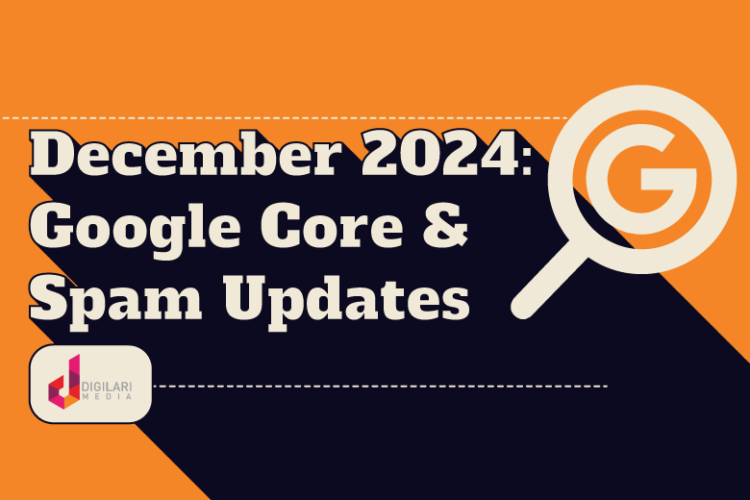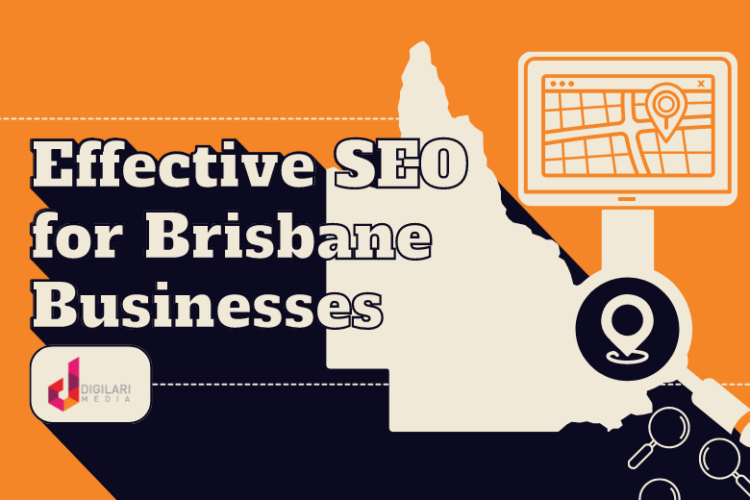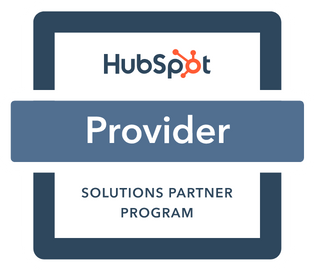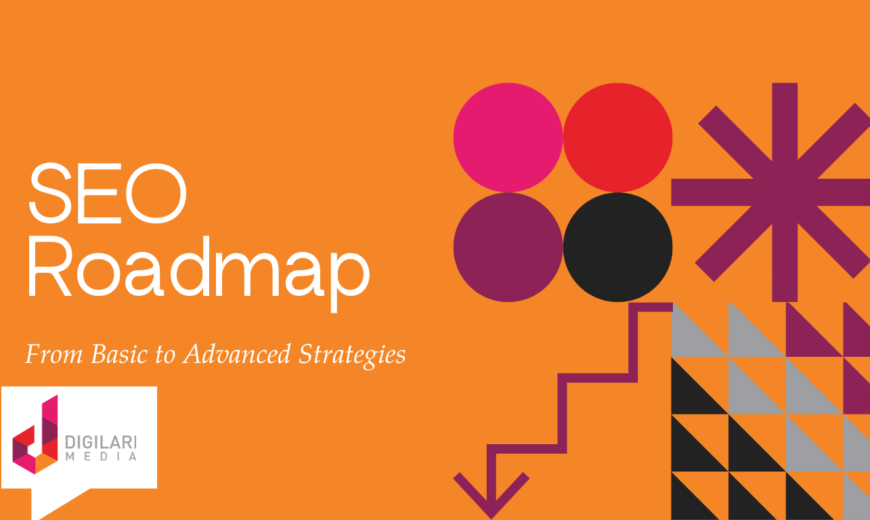
In this comprehensive SEO guide designed for everyone, from beginners to seasoned marketers, we will cover different aspects of SEO, break down big concepts into digestible sections and ensure that you receive a complete set of knowledge. Whether you’re just stepping into the world of Search Engine Optimisation or seeking to refine your existing skills, this guide has got you covered.
Table of Contents
What is SEO? How do search engines work?
Search Engine Optimisation, or SEO, plays a pivotal role in enhancing websites’ visibility, driving organic traffic and boosting online presence. We need SEO to boost our websites’ ranking on the results page, resulting in an increase in potential leads and conversions.
Search engines are online tools or platforms that allow users to look up information on the Internet. With the aim to provide the most relevant results for users, they work by crawling websites for information, indexing the collected data then ranking websites based on relevancy and quality.
Basics: Set Up Your SEO Account Right
Meta tags
Meta tags are small sections of code providing essential details about your web page to search engines, instructing them on how to present the page in search results. Additionally, they guide web browsers in displaying the page correctly for visitors. The most common tags are:
Meta title: the page title that search engines show in search results
Meta description: the description that summarise the page content
Meta viewport: a HTML tag that allows web developers to control how a web page is displayed on various devices, especially on mobile devices
Heading structure
Heading structures in SEO involve organising headings and subheadings within a web page’s content. This hierarchy enables search engines in understanding the page’s context and improves user experience. Key points include:
Using proper heading tags: use heading tags (H1, H2, H3, etc.) to create a hierarchical structure for your content. The H1 tag should typically be reserved for the main page title, while H2 tags represent major section headings. Subsequent subheadings can be marked as H3, H4, and so on, based on the content’s depth.
Optimising for keywords: integrating target keywords into heading tags. This helps search engines understand the primary topics covered in each section and improves the page’s visibility for relevant search queries.
Improve User Experience: clear and condensed headings allow users to enjoy a better reading experience as they can navigate through the webpage more efficiently.
Directory listing
Falling under the Link Building aspect of SEO, directory listing is a great way to acquire backlinks from external websites to redirect to our own webpages. By creating citations, you can elevate your presence in local packs when people search for businesses similar to yours in their area. While business directories might seem outdated, they remain an effective means to expand your online visibility.
Image sizes
Compressing image sizes allow your webpages to load incredibly faster, enhancing user experience and help boost rankings due to Google Mobile First Indexing Practices.
Image Alt – Tags
Providing detailed, relevant, accurate alt – tags for images not only helps search engines crawl and index websites more effectively but also provides an inclusive experience for readers, supporting visual – impaired users to engage the content more conveniently.
Cite: https://www.seobility.net/en/wiki/ALT_Attributes
Intermediate
Blog posts
Blog posts play a fundamental role in SEO since it helps improve the following factors
Organic click-through rate: Blogs offer relevant content for a broader range of keywords, resulting in increased organic clicks and improved SEO compared to transactional landing pages.
Index coverage: Regularly updating your blog prompts Google to crawl your site more often, improving index coverage and search result visibility.
Backlinks: Informative blogs attract quality backlinks from respected sites, signaling to search engines that your content is authoritative, positively impacting your website’s ranking.
Internal links: Blogs provides more opportunities for internal linking, creating paths for users to navigate from page to page.
There are a number of blogging tools that support you in writing more efficiently and skillfully.
Content optimisation: long tail keywords
Long-tail keywords consist of longer, more specific queries that provide search engines with not only the words searchers are interested in but also the underlying intent behind their searches.
Long tail keywords are vital to target since:
They are less competitive: long tail keywords are specific to each business, hence, the search volume is lower than short tail keywords
They have higher conversion rate: long tail keywords help businesses discover search intent that results in qualified leads
Mobile optimisation
People are using phones more than ever. Because of that, it is important to optimise content for mobile devices like smartphones or tablets. And since Google has been following Mobile First Indexing Practices, it is inevitable that the content on mobile’s version will be prioritised. You can improve your mobile optimisation by creating a responsive design for your mobile version, utilising dynamic serving method or setting up URLs sepated for mobile and desktop.
You can check if your site is mobile friendly here:
Advanced
Cite: https://www.seobility.net/en/wiki/images/3/3a/Guest-Blogging.png
Prospective link building (guest posts)
Link building is a fundamental aspect of SEO, and one effective strategy is through guest posting. Prospective link building involves identifying relevant websites and blogs in your niche and reaching out to them with valuable content to publish as a guest post. This approach serves as a win-win situation, as you gain exposure to a new audience, while the host website receives high-quality content for their readers.
By guest posting on reputable platforms, you not only build backlinks to your website, signaling its authority to search engines but also establish yourself as an industry expert. This can lead to increased credibility and trust among your target audience, ultimately driving more organic traffic and potential customers to your website.
Content clusters
A content cluster revolves around creating a pillar piece of comprehensive content on a core topic, known as the “pillar content.” This pillar content serves as the central hub that links to multiple related pieces of content, referred to as “cluster content.”
The cluster content delves deeper into subtopics related to the pillar content and is interlinked with the pillar piece. This internal linking strategy signals search engines about the depth and authority of your content on a specific subject, leading to improved rankings and organic visibility.
By employing content clusters, you not only provide valuable and comprehensive information to your audience but also optimise your website’s structure for search engines, enhancing user experience and SEO performance.
Trend prediction
In the rapidly evolving digital landscape, staying ahead of trends is crucial for businesses and marketers. Trend prediction involves analysing existing data, consumer behaviour, and industry insights to identify emerging trends that could shape the future.
For content creators and SEO strategists, predicting trends can offer a significant advantage. By creating content around upcoming trends before they peak, you position yourself as an early authority on the topic, capturing the attention of early adopters and gaining valuable backlinks as the trend gains momentum.
Additionally, trend prediction allows you to adapt your content strategy proactively, catering to what your audience will be searching for in the near future. This foresight enables you to capture relevant traffic and position your brand as a thought leader in your industry.
Conclusion
In conclusion, this comprehensive SEO guide equips readers at all levels with the knowledge and strategies necessary to succeed in the ever-evolving digital landscape. By implementing these SEO practices, you can drive organic traffic, elevate your online presence, and position your website as a valuable resource for your target audience. Embrace these SEO principles and power your website towards higher rankings, increased visibility, and business success.

